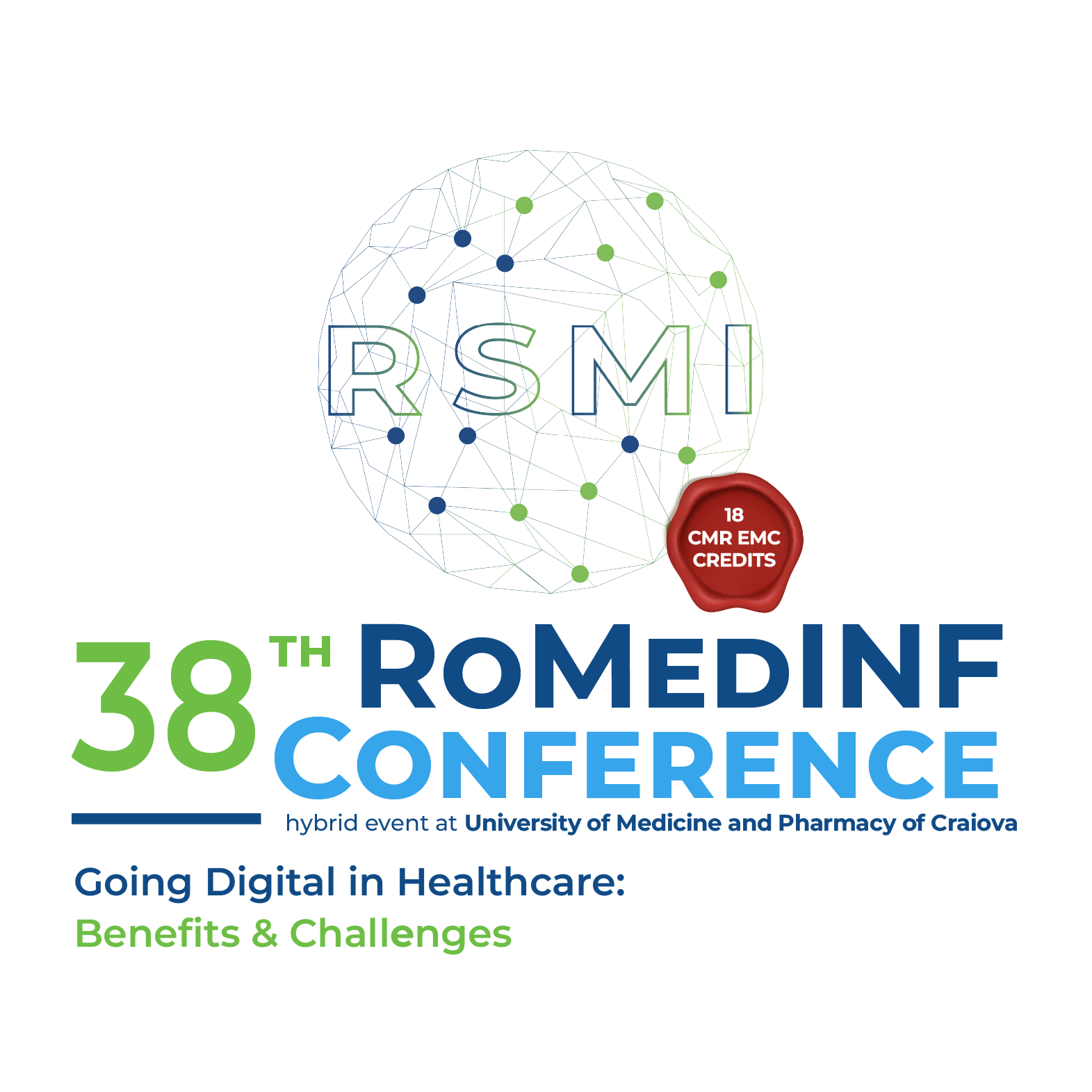Deep Learning Model for Automated Cutaneous Squamous Cell Carcinoma Grading
Keywords:
Cutaneous Squamous Cell Carcinoma, Deep Learning, Histological Grading, Transfer Learning; Artificial IntelligenceAbstract
Accurate and efficient grading of cutaneous squamous cell carcinoma (cSCC) is critical for effective treatment and prognosis, but traditional manual grading methods are subjective and time-consuming. This study aimed to develop and validate a deep learning (DL) model for automated cSCC grading, potentially improving diagnostic accuracy and efficiency. Three different deep neural network (DNN) architectures (AlexNet, GoogLeNet, and ResNet-18) were trained using transfer learning on a dataset of 300 histopathological images of cSCC. The performance of the models was evaluated based on accuracy, sensitivity, specificity, and area under the curve (AUC). A clinical validation was conducted on 60 images, comparing the DNNs' predictions with those made by a panel of pathologists. The DL models achieved high performance metrics (accuracy >85%, sensitivity >85%, specificity >92%, AUC >97%), demonstrating their potential for objective and efficient cSCC grading. The strong agreement observed between the DNNs and the panel of pathologists, as well as the consistency across different network architectures, further supports the reliability and accuracy of the DL models. The top-performing models have been made publicly available to facilitate further research and potential clinical implementation. This study highlights the promising role of DL in enhancing cSCC diagnosis and, ultimately, improving patient care.
Downloads
Published
How to Cite
Issue
Section
License
Copyright (c) 2025 Alexandra BURUIANĂ, Mircea-Sebastian ŞERBĂNESCU, Bogdan-Alexandru GHEBAN

All papers published in Applied Medical Informatics are licensed under a Creative Commons Attribution (CC BY 4.0) International License.

